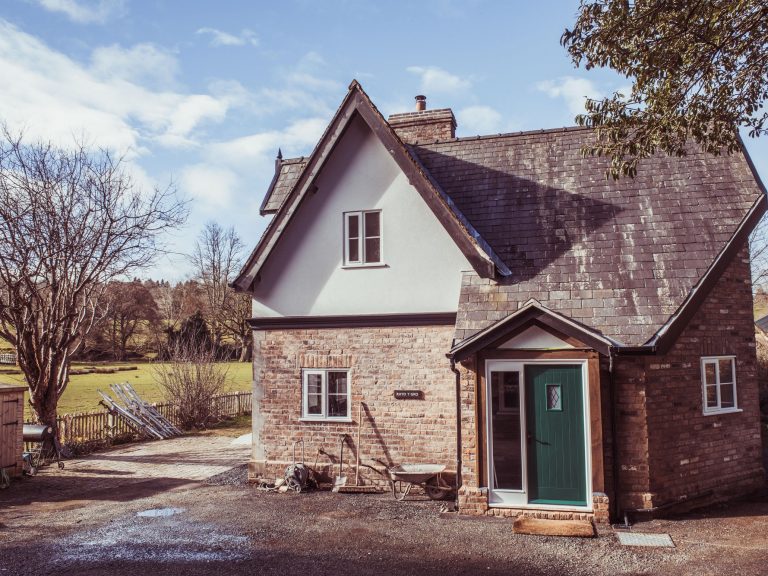Architects and the construction sector could provide a vital lifeline to the British woollen industry by specifying wool insulation in more building projects, according to a Mid Wales architect.
The result would provide a financial lifeline to the farming industry while creating significant environmental benefits through wool’s high insulation benefits and as a natural and sustainable product.
The value of wool to farmers has plummeted as a result of Covid-19 making it unprofitable for farmers to even transport for sale.
Doug Hughes, Principal Architect and Managing Director of Hughes Architects in Powys, Mid Wales, believes the construction sector’s increased use of wool as an insulation in lofts and walls would create a myriad of opportunities.
“Wool has one of the best thermal conductivities, even better than synthetic insulation commonly used in the construction of homes and buildings in the UK,” said Mr Hughes.
“We’ve specified it in more and more projects in recent times having discussed the benefits with clients who understand the payback benefits from the initial cost."
“As architects we’re working towards the RIBA Climate Challenge to make more and more of our designs and final builds as sustainable as possible.
“Our location in Mid Wales and Shropshire means we are also in the heart of the woollen industry. Hundreds of farms around us produce wool and they have all been impacted by the situation in the industry, impacted by Covid-19.”
The RIBA 2030 Climate Challenge was set up by the Royal Institute of British Architects to help architects meet net zero whole life carbon for new and retrofitted buildings by 2030.
“Not only is wool a natural product, but the potential of using more widespread in the construction industry will also have a positive knock-on to the woollen industry where farmers are currently destroying fleeces as it is uneconomic to even transport from the farm gate.”
Mr Hughes believes that more work between construction, wool and farming bodies could devise a policy of increasing the amount of wool used in buildings.
In addition to the thermal benefits, wool does not burn, it makes excellent sound proofing, can regulate heat and can also act as a purifier.
It has been reported that wool needs less than 15 per cent of the energy used to produce other types of insulation, such as glass wool.
“When you look at the array of benefits of using wool in buildings you can see how the investment not only helps cut energy costs significantly, but it can enhance fire safety.”
Wool can also absorb and help neutralise harmful substances, such as Nitrogen Dioxide, Sulphur Dioxide and formaldehydes through a process called Chemisorption.
“When you look at the benefits to the environment, the farmer, the developer and finally the end user – the building occupant – you can see how wool is a great natural resource with huge economic potential.”
Mr Hughes added: “As a practice we have signed up to the RIBA 2030 Climate Challenge and we’re working on increasing our specification and us in the short term to develop more environmentally sustainable buildings for our clients.
“Wool is just one part of that process and creates much wider benefits for the communities where we are based and work.”



